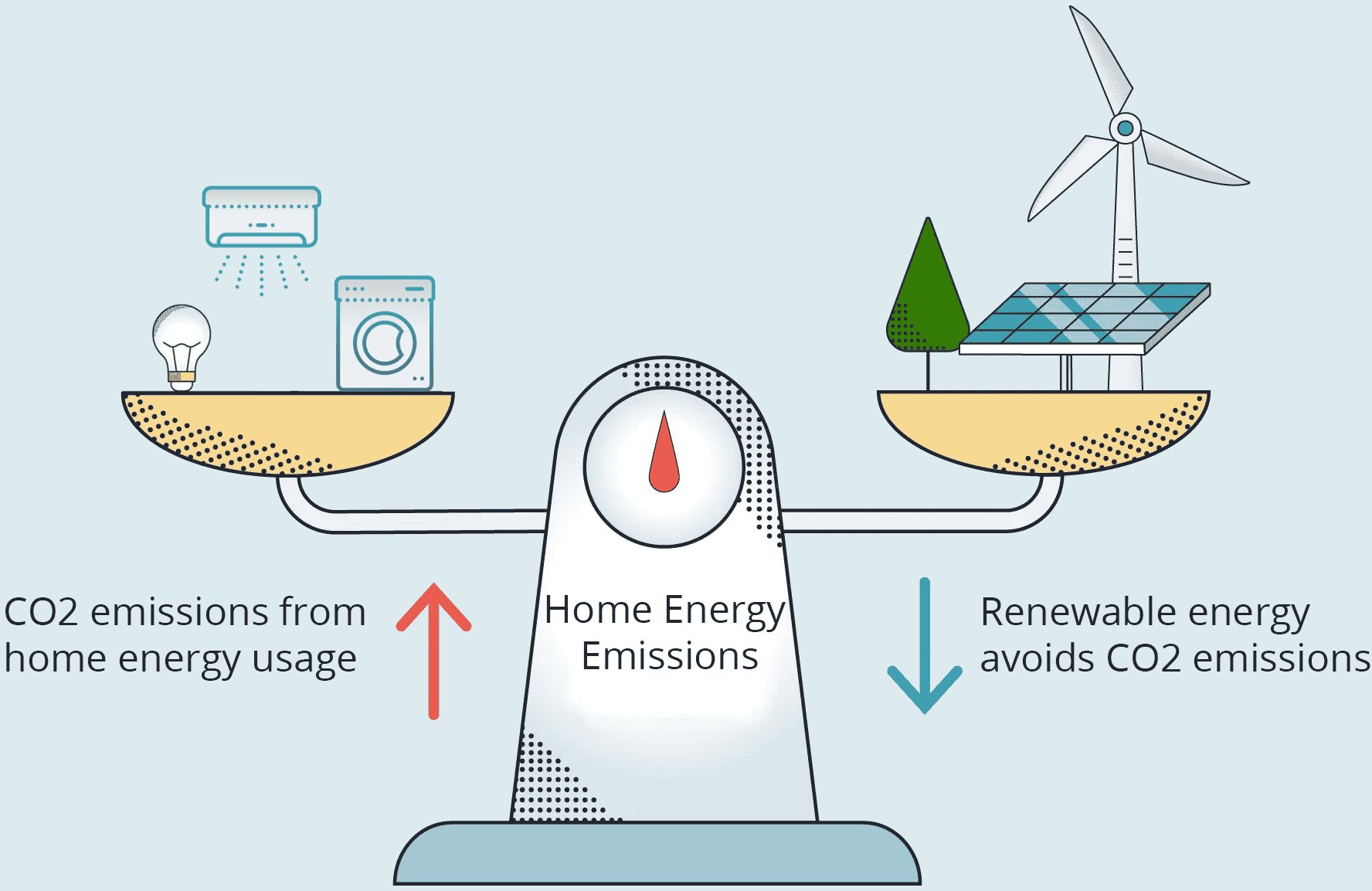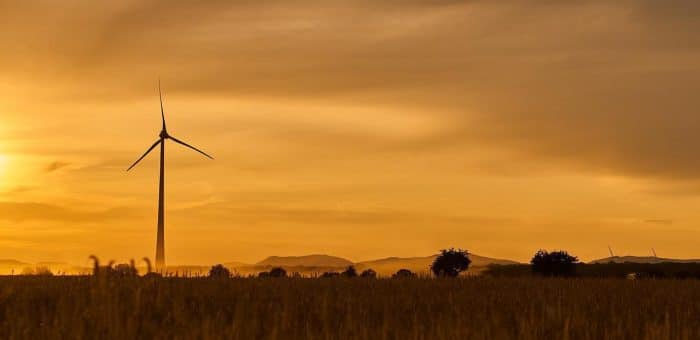Whether it’s running your air conditioner or doing laundry, your household activities are generating an enormous amount of carbon. If you have been wanting to reduce your carbon footprint and support a greener world, we’re excited to share a simple way for you to reduce your home’s carbon footprint. Start your journey by calculating the impact of your carbon footprint.

With Power Wizard, it’s easy and affordable to reduce the environmental impact of your home’s energy usage.

Use our intuitive calculator to measure your home’s carbon footprint in seconds.

Select how much of your home’s emissions you want to reduce.

Support projects that help reduce greenhouse gas emissions.
Renewable energy certificates represent one megawatt-hour (MWh) of renewable electricity from a low- or zero-emissions renewable energy resource. RECs reduce the greenhouse gas emissions, including CO2, that would otherwise be associated with your home’s electricity use, lowering your carbon footprint. If you purchase RECs corresponding to the amount of power your home uses, the same amount of power was generated at a renewable facility and delivered to the power grid on your behalf to balance out the fossil-fuel emissions that would otherwise be associated with your home’s electricity usage.





Renewable energy certificates result in renewable power being placed on the electric grid; renewable energy does not flow directly to your home. Carbon footprint includes emissions factors not reduced by RECs. RECs avoid greenhouse gas emissions that would otherwise be associated with your home energy consumption. If you are already on a 100% renewable electricity plan, you have already matched 100% of your home energy usage. Additional RECs you purchase will not further reduce your home’s electricity carbon footprint but will avoid additional greenhouse gas emissions associated with non-renewable energy sources.


Environmentalists often interchange the phrases ‘sustainable’ and ‘eco-friendly’ when discussing improving the environment. Despite both focusing on environmental awareness and […]
Read Article >
Everything we do as humans has an impact on the environment. Your individual impact is known as your personal carbon […]
Read Article >
Human activities emit vast amounts of carbon every single day, and that carbon gets trapped in the atmosphere like a […]
Read Article >What is a carbon footprint?
A carbon footprint is an accounting of how much greenhouse gas has been emitted into the Earth’s atmosphere based on an entity’s actions. For an individual person or family, this is primarily driven by home energy consumption, transportation, diet and purchasing habits. A carbon footprint is usually measured in pounds or tons of carbon dioxide equivalents per year.
How do you calculate my carbon footprint?
PowerWizard is focused on reducing the carbon footprint associated with home energy consumption from electricity and heating. We first ask a few simple questions about your home. We then estimate your energy usage based on those answers, using publicly available datasets and anonymized data provided by other PowerWizard customers. We then convert this energy estimate to a carbon footprint for your home based on how much carbon your local generators emit per unit of energy.
How does PowerWizard reduce my carbon footprint?
PowerWizard reduces your carbon footprint through the purchase of Renewable Energy Credits (RECs). RECs recognize the generation of energy from renewable energy projects like wind, solar, hydro and biomass. These credits are essential to incentivizing the buildout of green generation and reducing the carbon output of our electricity grid. PowerWizard purchases RECs in bulk from renewable energy projects for our customers and later retires those RECs on behalf of our customers.
How will PowerWizard manage my subscription?
PowerWizard’s carbon reduction solution is an annual subscription product. After signing up, you will be able to view your total emissions avoided or reduced, equivalencies in trees planted, arctic ice saved, and other helpful information on your MyAccount page. If your home or energy consumption changes, you can update your inputs to the calculator. You can change or cancel your subscription at any time.
Which projects does my subscription support?
Currently, your subscription supports wind and solar projects in the Texas area. We are working to include a projects page on our site to provide more specific information, and plan on expanding our projects to include new regions and technologies to support our customers.